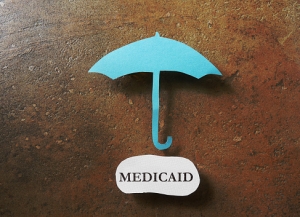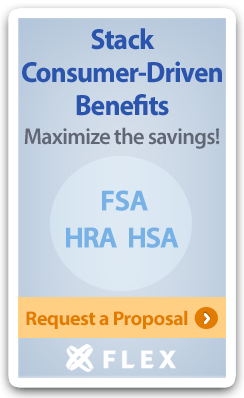Benefits Buzz
Posted August 29th, 2016 in Producers, Employers, Individuals
In 2013 and 2014 the word “exchange” was being used everywhere in the health insurance industry. Now, just a couple of years later, that term isn’t being used as frequently as it was just a couple years prior. Why? For one, the federal government decided the phrase “health insurance marketplace” or “marketplace” was what they would start calling their exchange. The media and general public also seem to associate the word “Obamacare” as being synonymous with the government-run exchanges. Additionally, private exchanges are not experiencing the growth rates that many had projected.
By now, you’ve probably heard about the Employer Mandate on several different occasions. Without reiterating all of the specific details, applicable large employers (ALEs) must offer health insurance coverage to full-time employees that has minimum value and is considered affordable or risk paying penalties.
If you are an employer who offers a group health plan to employees who reside in the following states, then the Department of Labor (DOL) requires you to provide a premium assistance notice to employees who are eligible for the group health plan and who are also eligible (or may become eligible) for Medicaid, including the employees children who are also eligible (or may become eligible) for the Children’s Health Insurance Program (CHIP):
Posted August 10th, 2016 in Producers
Flex will be hosting our annual Ethics seminar on Tuesday, August 30, 2016. Be sure to attend the event if your Illinois producer license is expiring soon! Here are some highlights on the background of this year's Ethics Seminar instructor, Andy Knott:
According to a DOL website, “The Form 5500 Series is an important compliance, research, and disclosure tool for the Department of Labor, a disclosure document for plan participants and beneficiaries, and a source of information and data for use by other Federal agencies, Congress, and the private sector in assessing employee benefit, tax, and economic trends and policies.
Posted July 28th, 2016 in Producers, Employers, Individuals
There has been a lot of shake up in the recent weeks and months as it relates to health insurance options available in the individual marketplace. UnitedHealthcare (UHC) announced it would only offer individual plan options in three states next year. Humana also announced they would be limiting the number of states it offers individual plans in next year. More recently, three additional CO-OPs in Connecticut, Illinois and Oregon announced their closures by the end of the year.







